By David Alan Johnson
In 1948, a film called Bonnie Prince Charlie was made by Samuel Goldwyn Studios, starring David Niven as Charles Edward Stuart. In the film, Charles was portrayed as a noble, heroic figure going to battle for his people, the Scots. At the end of the picture, he bids a sad farewell to Flora MacDonald, another romantic figure of the ’45 (played by Margaret Leighton). According to the Hollywood version, Flora MacDonald was in love with Charles, which makes the ending of the film even more effective—Charles had not only lost the Battle of Culloden and was being forced to leave his country as a result, but he was also losing the love of his life.
As a great many filmgoers guessed, this was not the way things happened. Even by Hollywood standards, Bonnie Prince Charlie makes a hash of history. (In Britain, the film was all but laughed off the screen.) But the Charles Edward Stuart of Bonnie Prince Charlie is the way most people (not just Americans) think of him—as a star-crossed romantic figure, dealt a tragic loss by the unkind fates.
The Real Charles Edward Stuart
The truth is a bit different. The Scots, of course, were not Charles’s people. He spent only 15 months in Scotland, and lived to the age of 67. He did not like the Scots very much, and did not trust them at all, which is one of the reasons he listened to O’Sullivan at Culloden instead of Lord George Murray—O’Sullivan was Irish. And as far as Flora MacDonald is concerned, she did not want anything to do with Charles and only reluctantly agreed to help him. When Flora was first approached to take part in the plan to help Charles escape, “she refused outright to be party to such a dangerous plot.” It was probably because Charles was in such appalling physical condition, suffering from malnutrition and exposure among other things, that she agreed to offer any assistance at all. She certainly did not fall in love with Charles, as some legends insist.
Because Charles was being pursued by troops, as well as by anti-Stuart partisans, it was decided that he should travel disguised as a woman. As “Betty Burke,” an Irish servant girl, Charles wore a white linen dress, a cap, and an apron. Charles did not try to act the part of a female, and nearly gave himself away by raising his skirt and carrying on as though he were at a costume ball. On the Isle of Skye, a woman commented that Betty Burke looked like a man dressed as a woman. Flora quickly said that Betty was an Irish girl that she had known before. This seemed to satisfy the woman’s curiosity—if Betty was Irish, that would explain her odd behavior to a Scot. At Portree on the Isle of Skye, Charles took his leave of Flora MacDonald. Far from being a tearful parting, Flora was glad to be rid of him—he had been nothing but an intrusion in her life. Ten days afterward, she was arrested for her part in helping Charles to escape. When he left, Charles told Flora, “For all that has happened, I hope, Madame, that we shall meet at St. James’s yet and I will reward you for what you have done.”
Remembering Flora MacDonald
Charles never set foot in St. James’s Palace, the Royal residence in London, and there is no evidence that he ever remembered Flora MacDonald or what she did for him. Charles would need the assistance of many others—he would be “passed from hand to hand,” in the words of biographer Susan Maclean Kybett—for two more months. On September 19, 1746, he left Scotland for the last time on board the French ship L’Heureux and, to quote Kybett again, “all Scotland sighed with relief.” The people he left behind would continue to be the victims of reprisals for having aided the Jacobite cause. Many would die of starvation after having their livestock and land confiscated. But in spite of everything that had happened, Charles felt that the Scots owed it to him since he was their rightful king. After his father’s death in 1766, he referred to himself as King Charles, and used the initials “C.R.,” for Carolus Rex. Regardless of Hollywood’s version of the ’45, and of the many romantic novels written about Bonnie Prince Charlie, Charles Edward Stuart was neither noble nor heroic. Too much has been made of the legend at the expense of the facts of Charles’s life, mainly because the myth of Bonnie Prince Charlie is more dramatic than the unpleasant truth. On the subject of myths, John F. Kennedy said, “The great enemy of the truth is very often not the lie … but the myth.”
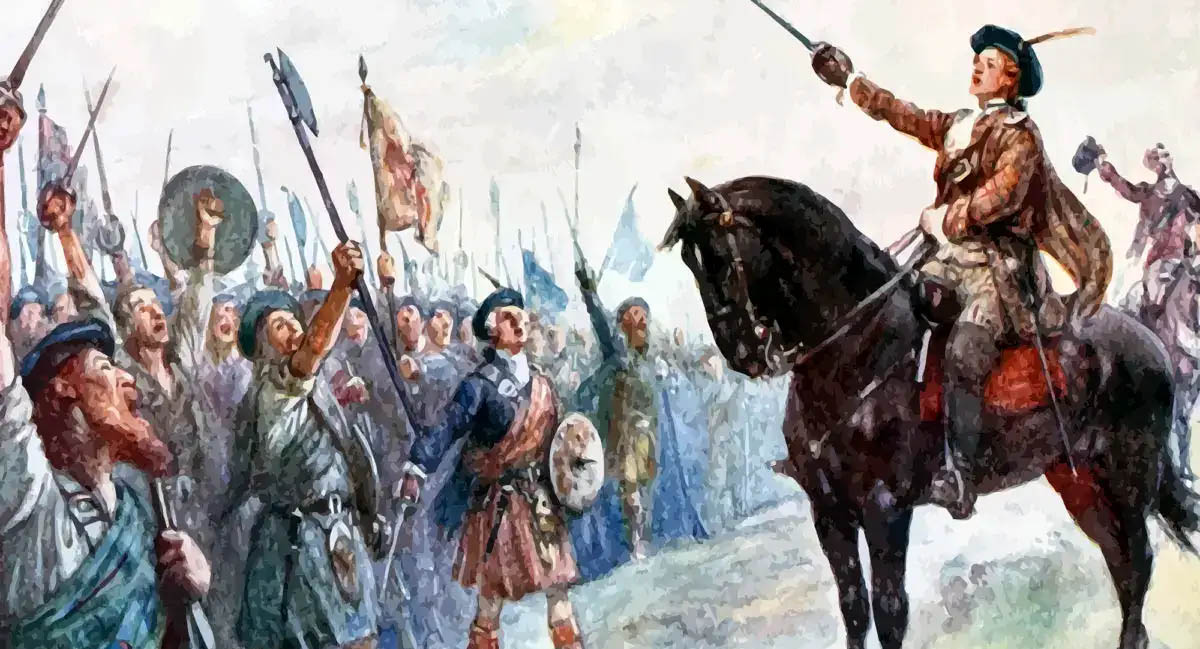
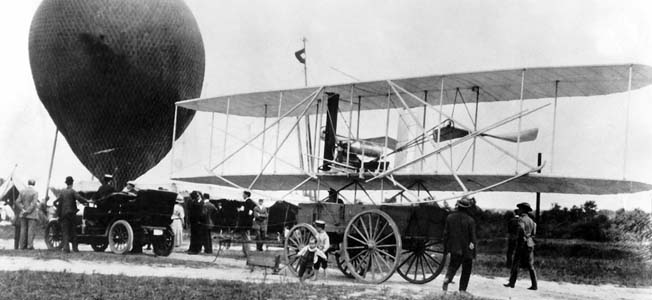
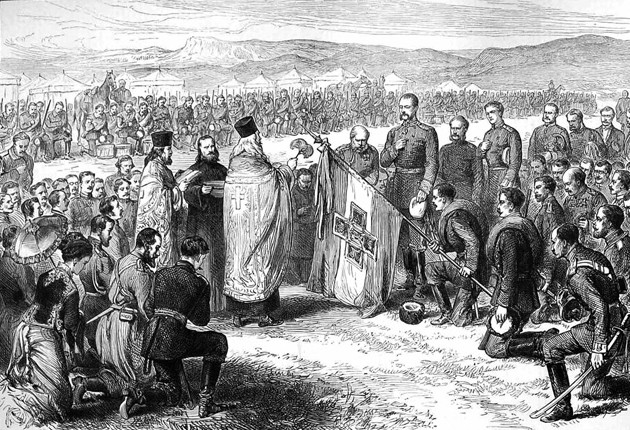
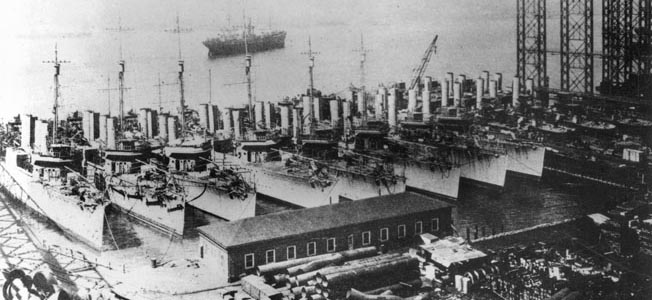
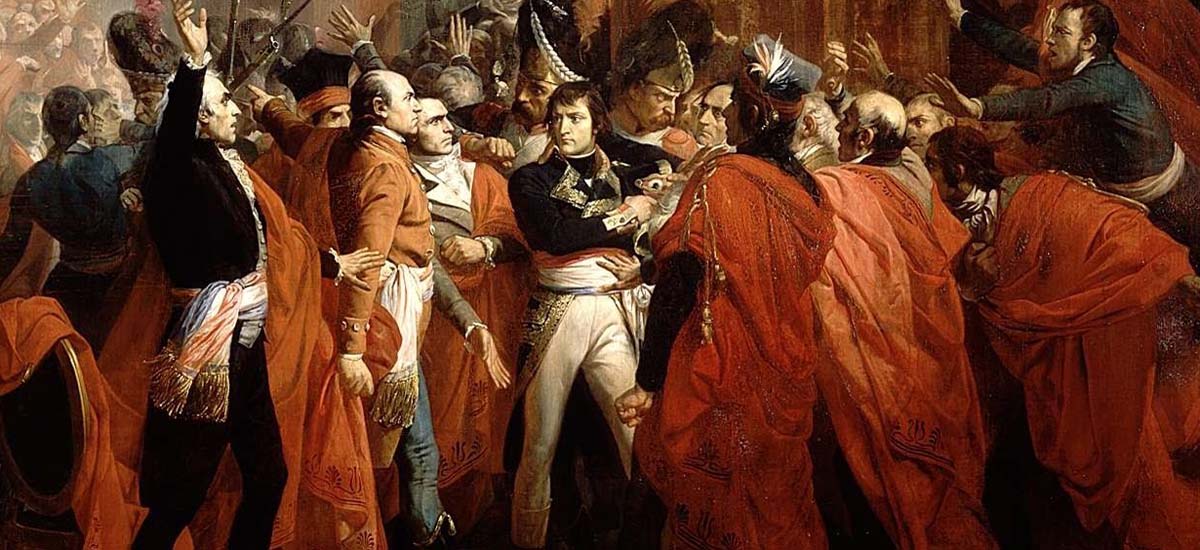
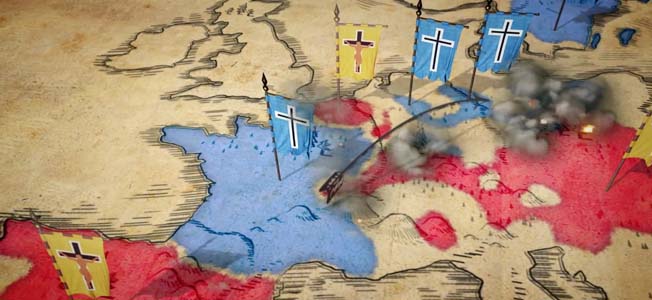
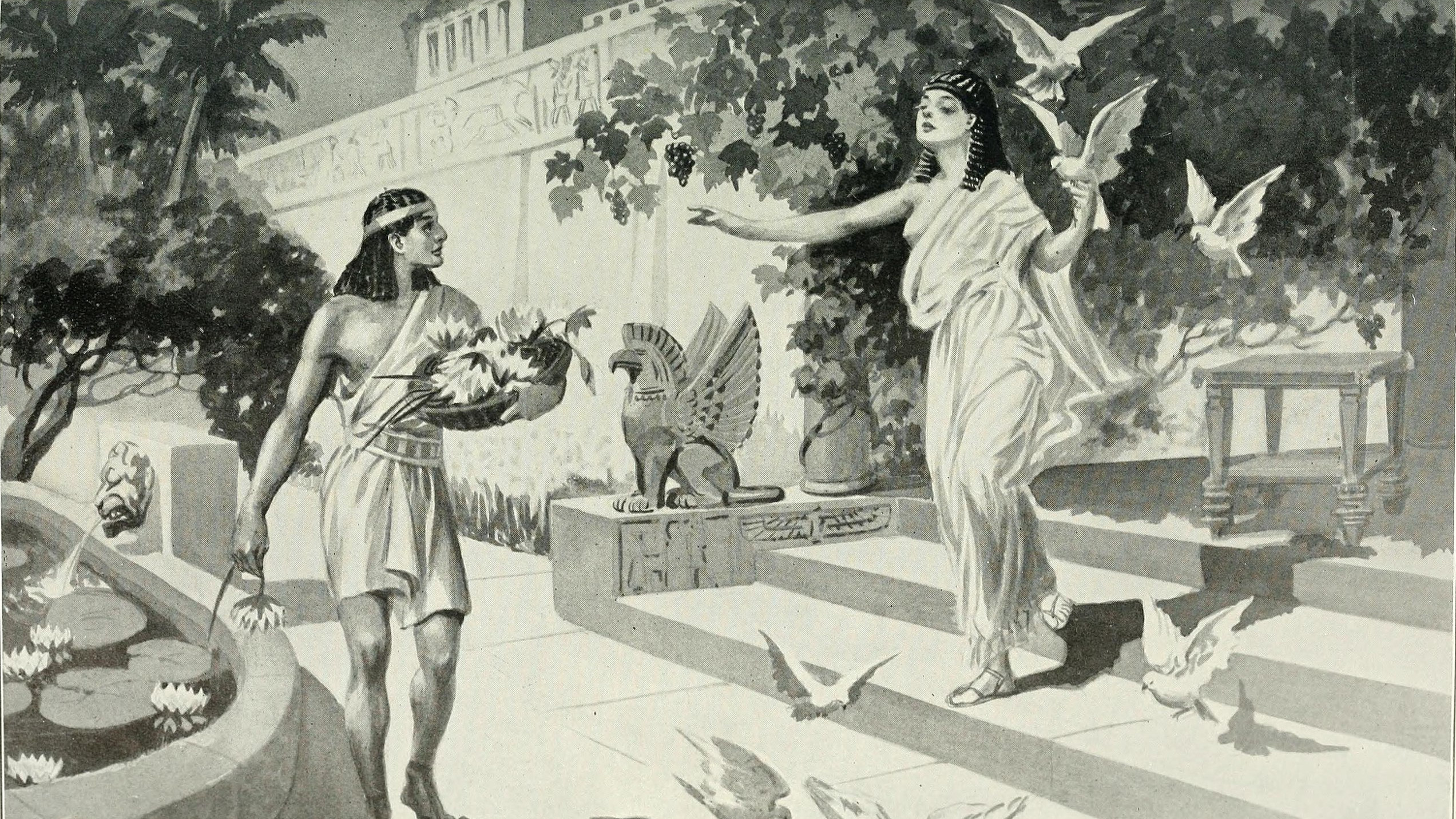

If Scotland had negotiated with England after the Glorious Revolution for some sort national identity that no longer recognized the Stuart line, a lot of misery and conflict on both sides could have been avoided. The Union could have remained intact and both could have enjoyed a period of peace and order.